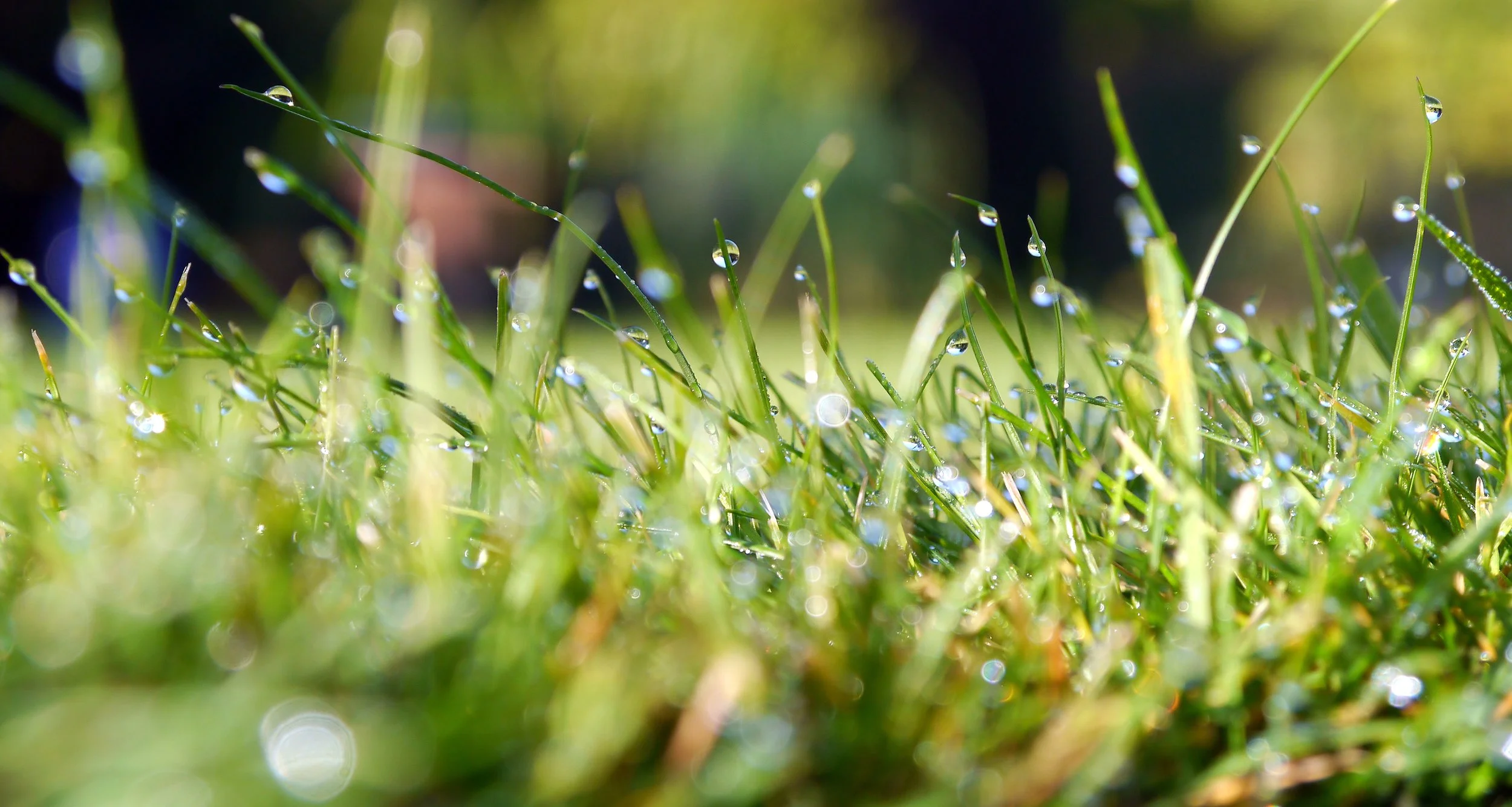Nature's medicine: 8 native plants with quite a history
/These plants were used for some pretty amazing things
photo by doug halverson
Randa Steblez
Local expert on the traditional medicinal benefits of native plants
We sometimes take for granted the plants in our own backyard. A healthy amount of native foliage does wonders to protect our environment by providing habitat for wildlife and keeping our rivers clean.
Our native plants had even more uses hundreds of years ago.
Before modern medicine, Native Americans and early settlers had to rely on natural remedies when they were ill. The plants they used to treat many ailments are still commonly found throughout the area. Local expert Randa Steblez has led nature walks in partnership with Potomac Conservancy for years, helping others learn how to identify medicinal plants as they walk on the trails of the C&O Canal National Historical Park.
Keep your eyes peeled for these native plants throughout the year, and learn about their many functions in the past.
And, you might be surprised to discover how many of them are toxic…
Sycamore Tree
These common trees were really popular years ago. In addition to the bark being a treatment for colds and coughs, their trunks were hollowed out to make canoes. Early settlers made wagon wheels, utensils and buckets with the wood, too.
Sycamores are also a fantastic riparian tree, meaning that they provide a natural buffer between water and soil. These buffers help stabilize stream banks and reduce the amount of excess nutrients like phosphorous and nitrogen that enter the river, keeping water clear and healthy.
Image of the Sycamore bark is courtesy of Joe Dielis.
Virginia Blue Bells
Photo by doug Halverson
Aptly named for their bell shape, these darling blooms make a limited appearance in April and May, but Native Americans used the plant to treat whooping cough, consumption and other respiratory problems.
Common Fleabane
photo by doug halverson
When you hear the word “flea,” you might feel an urge to itch yourself. However, this plant was actually used as an insect repellent and anti-itch medicine. Native Americans also used fleabane as a diuretic and to treat digestive ailments.
These tiny flowers are widespread throughout America and bloom in April through June.
Jack in the Pulpit
photo by doug halverson
*** Found to be toxic ***
These unique flowers bloom from March to June and thrive in rich, moist soils. Although it is toxic, Native Americans actually ate the roots of this plant after drying or cooking them. They also treated snakebites and sore eyes with it.
Horse Nettle
photo by doug halverson
*** Found to be toxic ***
Horse nettle blooms from late spring through August. Despite its toxicity, Native Americans and settlers often gathered the plant for medicinal purposes, such as a sedative, painkiller, and treatment for epilepsy and asthma.
Milkweed
photo by doug halverson
*** Found to be toxic ***
This hardy plant loves growing in disturbed soils, such as vacant lots, railroads, and roadsides. You can find them blooming throughout summer.
A few hundred years ago, Native Americans used Milkweed as a remedy for headaches, toothaches, and fevers, but first they had to properly cook it so the plant wouldn’t be toxic.
Photo by nikos bournas
Jewel Weed
photo by doug halverson
Jewel Weed may technically be called a “weed,” but you wouldn’t know it from all the uses it had years ago. From treating poison ivy to liver disorders, this was one valuable plant. You can see their gem-like blossoms in July through October.
Wingstem
photo by doug halverson
From August to October, you can often see these happy, yellow flowers growing along streams. In the past, Wingstem was used as a remedy for gastrointestinal issues and as an external treatment for joint pain.
Guest authors: Randa Steblez has been observing the native plants that grow along the Potomac River for years, and has led local nature walks about the traditional medicinal benefits of native plants. Doug Halverson, an accomplished photographer, has compiled photographs of the native plants along the Potomac River in every season. Randa and Doug teamed up as Potomac Conservancy volunteer interpreters over many summers to share the stories of the plants and flowers that flourish at Lock house 8 along the C&O Canal National Historical Park.






























